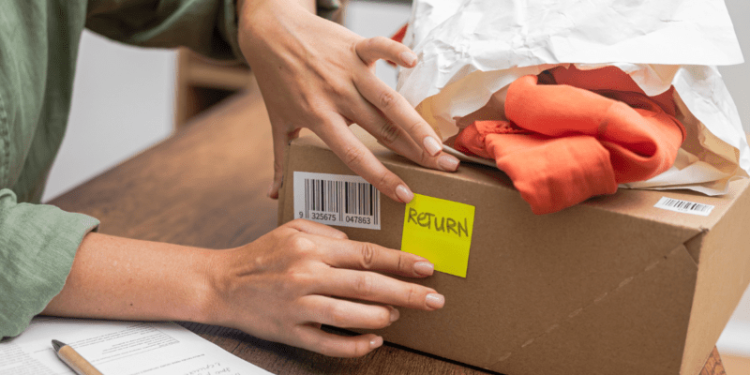In today’s supply chain landscape, reverse logistics has emerged as a critical component for ensuring efficiency, sustainability, and customer satisfaction. By focusing on the movement of goods from customers back to sellers or manufacturers, reverse logistics encompasses returns, repairs, refurbishments, recycling, and proper disposal.
What is Reverse Logistics?
Reverse logistics refers to the processes involved in handling goods that are returned to the supply chain after being used or purchased. Key activities include:
- Product Returns: Efficiently managing customer returns for restocking or refunds.
- Repairs and Refurbishments: Restoring returned products to a sellable or usable condition.
- Recycling and Disposal: Properly disposing of or recycling end-of-life products to reduce environmental impact.
The Importance of Reverse Logistics
- Cost Savings:
- Recovering value from returned products and optimizing recycling reduces overall costs.
- Efficient reverse logistics systems minimize the financial impact of returns.
- Sustainability:
- Recycling and refurbishing products help companies reduce waste and meet environmental goals.
- Proper disposal processes ensure compliance with sustainability regulations.
- Customer Satisfaction:
- Simplified and transparent return processes enhance customer loyalty and trust.
- Quick and hassle-free returns improve the overall shopping experience.
Challenges in Reverse Logistics
Managing reverse logistics presents unique challenges, including:
- High Return Volumes: Particularly during peak seasons, handling returns efficiently can overwhelm systems.
- Inventory Management: Accurately tracking returned items and their conditions requires sophisticated tools.
- Cost Control: The expense of reverse logistics can quickly escalate without proper planning.
Solutions and Strategies
To tackle these challenges, businesses are implementing advanced strategies:
- Digital Portals: Simplified return processes through online platforms ensure a seamless customer experience.
- Grading Systems: Efficiently categorizing returned items for repair, resale, or disposal reduces bottlenecks.
- Data Analytics: Leveraging AI and predictive tools to forecast return patterns and optimize resources.
Technological Integration
Emerging technologies like automation, machine learning, and IoT are revolutionizing reverse logistics:
- AI-driven Insights: Predicting return trends and improving decision-making.
- Automation: Streamlining repair, sorting, and recycling processes for efficiency.
- Real-Time Tracking: Ensuring visibility and control over returned items throughout the supply chain.
Looking Ahead
As businesses prioritize sustainability and operational efficiency, reverse logistics will play an even greater role in shaping supply chains. Companies that invest in innovative technologies and streamlined processes will not only recover costs but also build stronger relationships with eco-conscious consumers.
Stay tuned to The Logistic News for more updates on reverse logistics, sustainability, and innovations driving the future of supply chain management.
#ReverseLogistics #Sustainability #SupplyChainInnovation #LogisticsNews #ReturnsManagement























